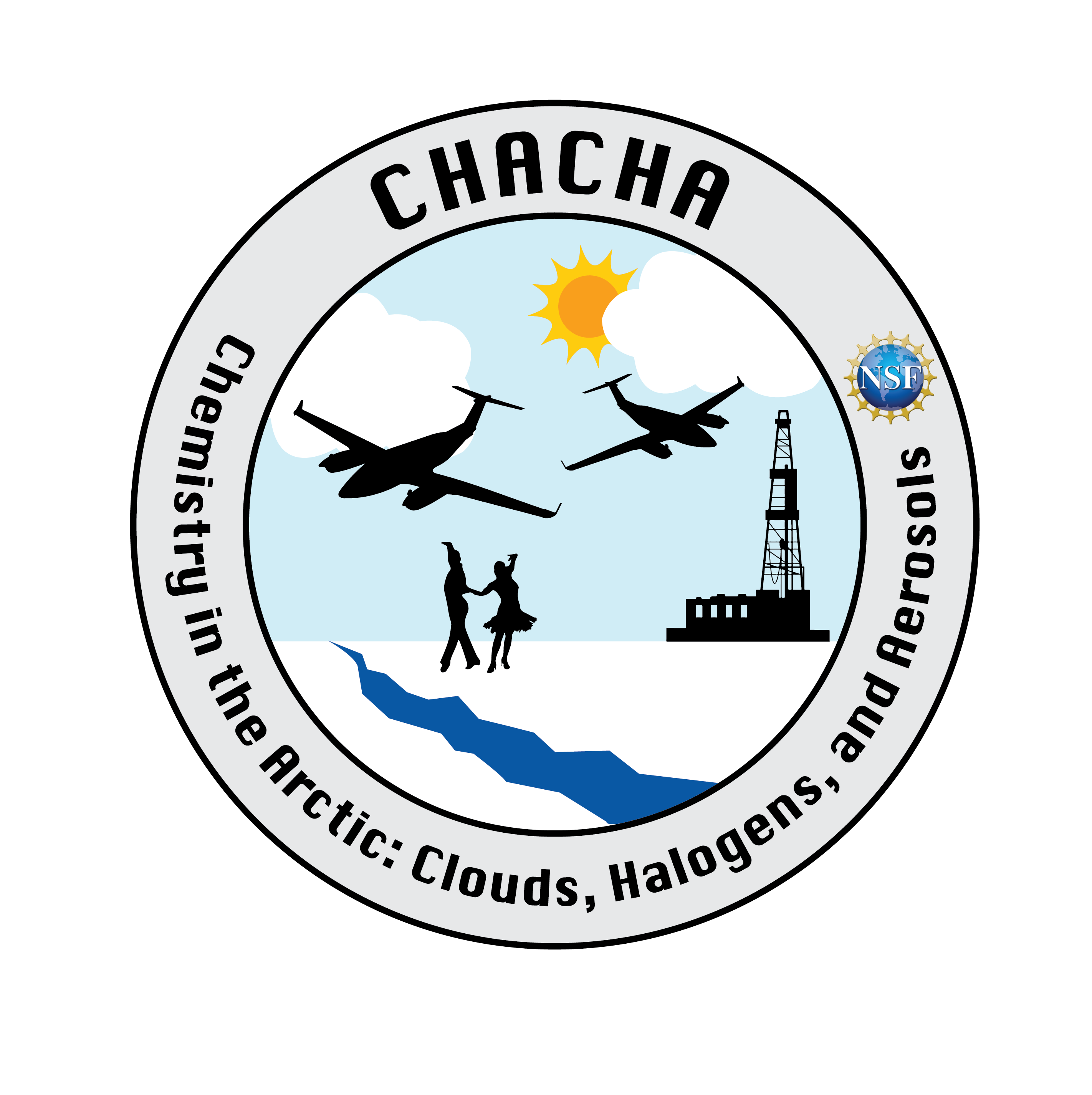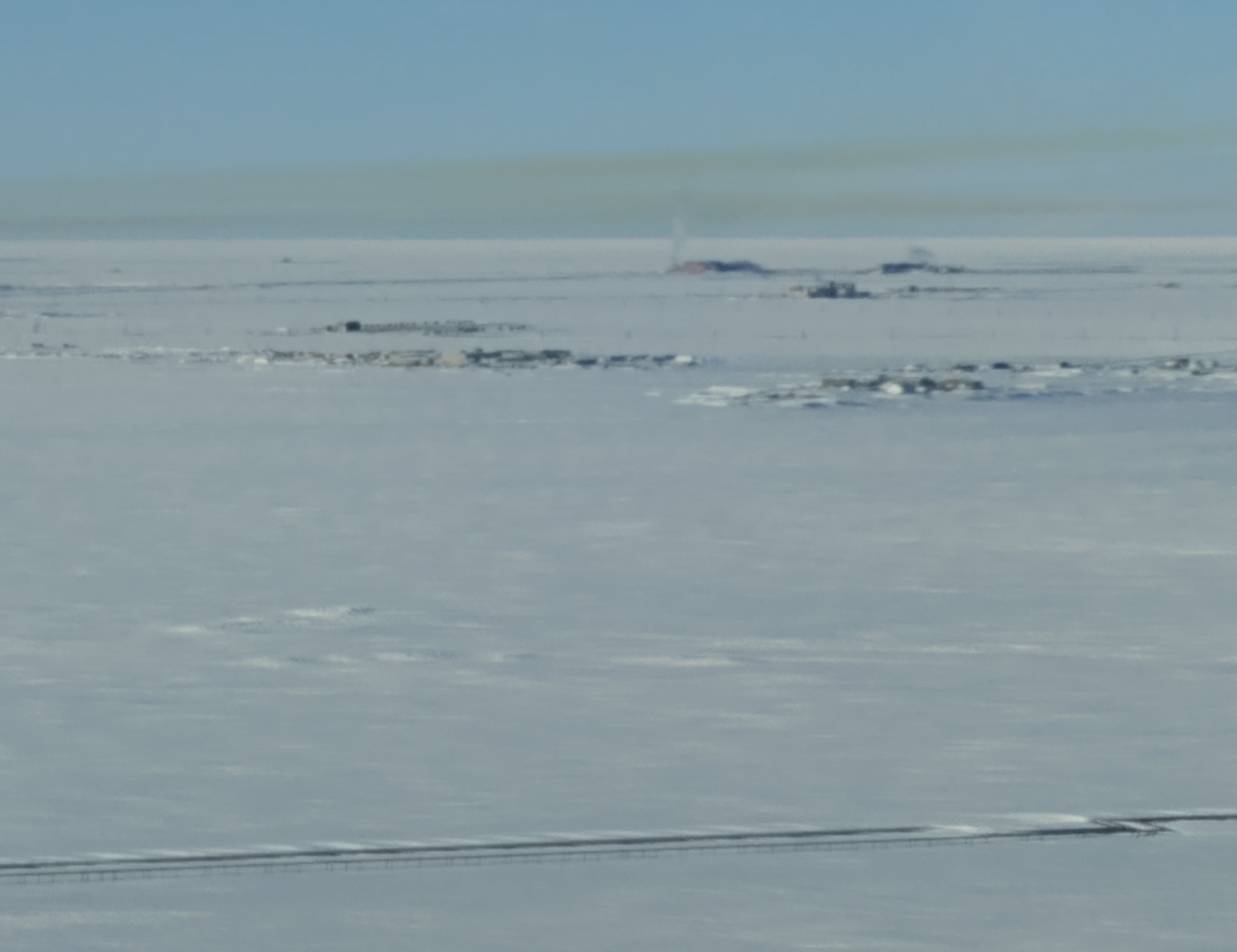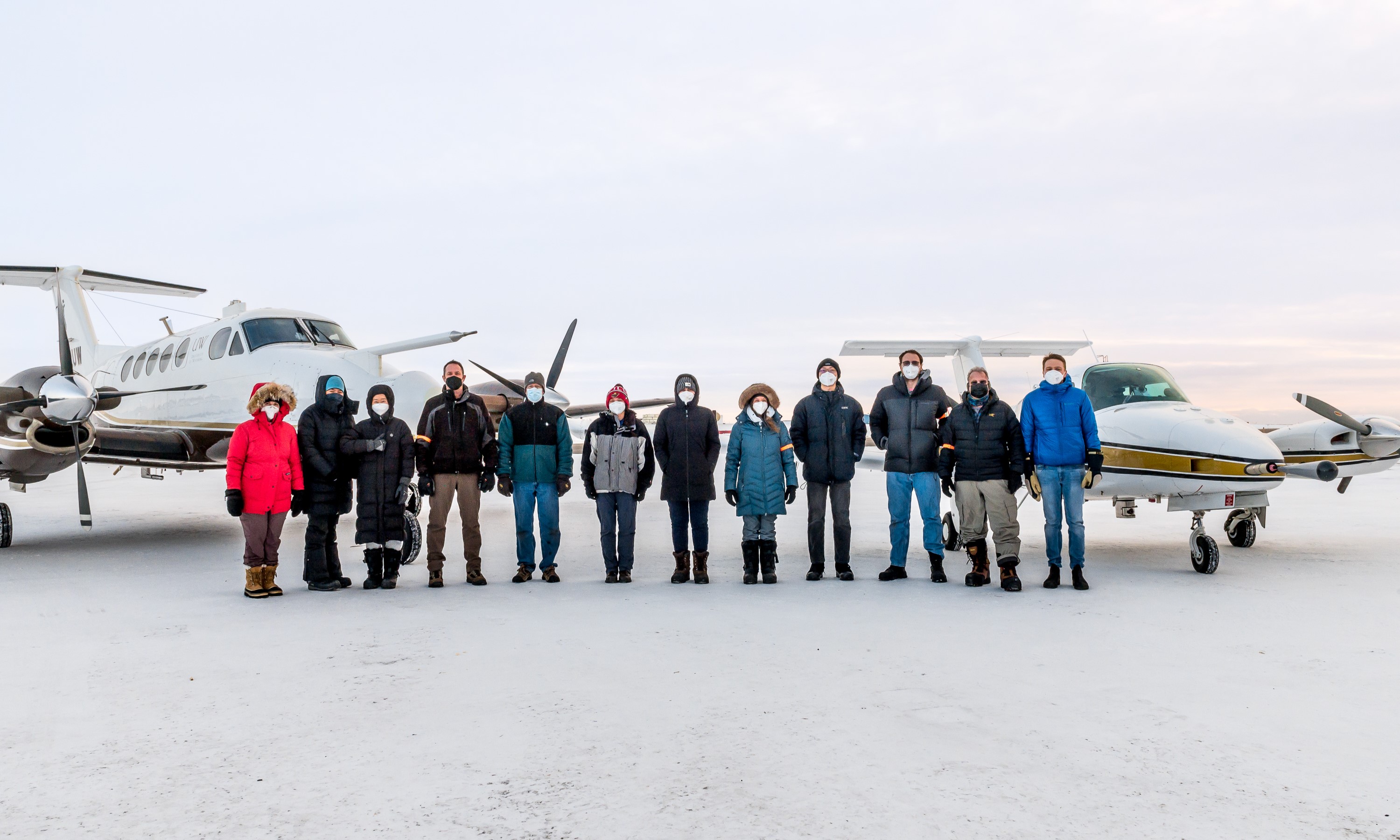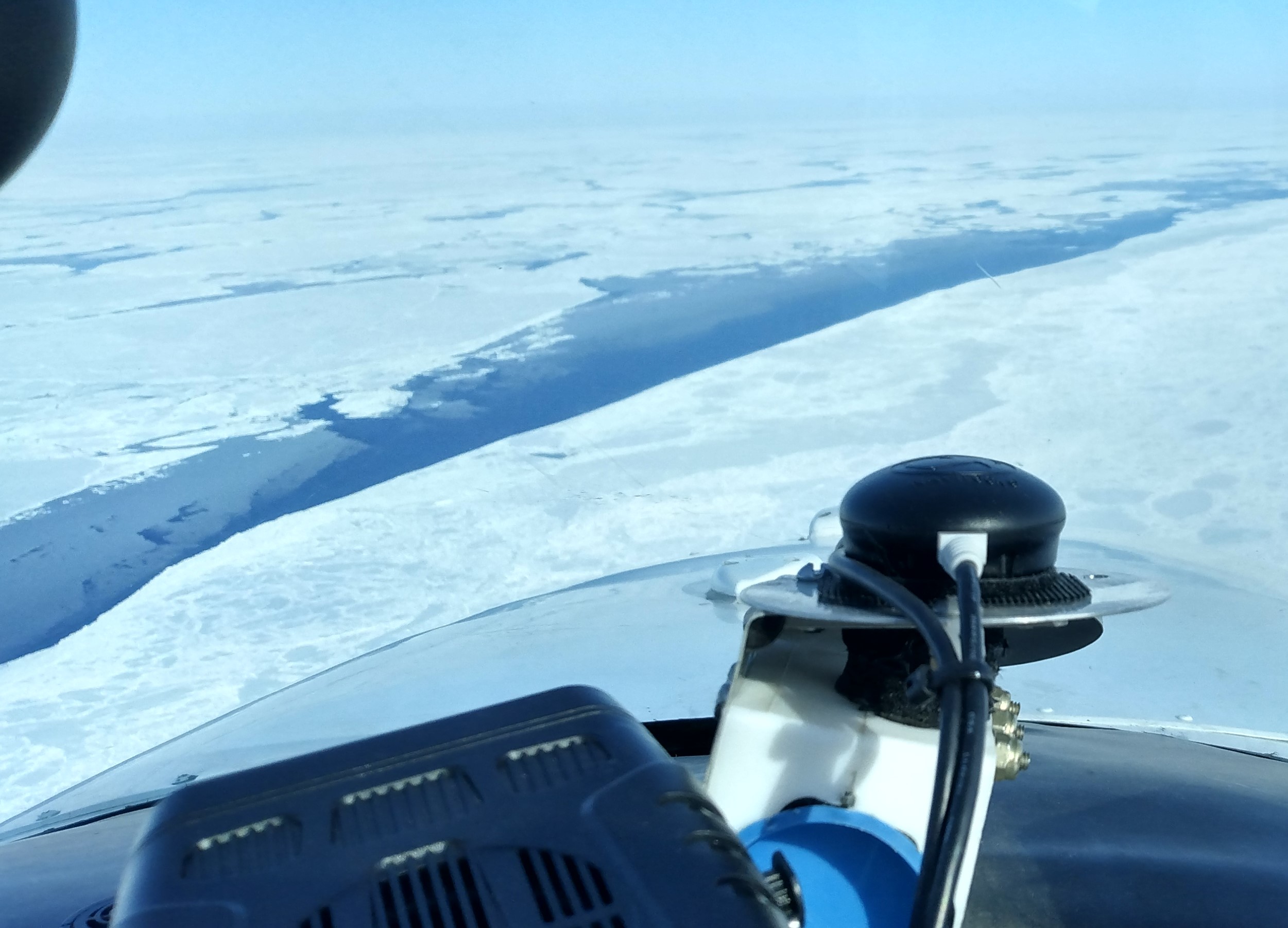CHemistry in the Arctic: Clouds, Halogens, and Aerosols (CHACHA)

CHACHA was a 2 month research campaign in Utqiaġvik (formerly Barrow) utilizing a surface station and 2 research aircraft, the Airborne Laboratory for Atmospheric Research (ALAR) and the University of Wyoming King Air, to address the below hypotheses:
- Open sea ice leads are a source of sea spray aerosol, containing particulate halides, to the Arctic boundary layer, affecting cloud composition and the vertical and horizontal propagation of halogen chemistry.
- Oil and gas extraction emissions significantly modify regional scale natural halogen chemistry, impacting multiphase halogen recycling and activation, as well as the fate of NOx and O3.
- Atmospheric oxidative processing of sulfur, nitrogen, and other chemical species differs between clear-sky conditions, and those impacted by in-cloud chemical processing.
See the project website here: https://research.asrc.albany.edu/facstaff/lance/CHACHA/
See preliminary data with the Field catalog here: https://catalog.eol.ucar.edu/chacha
And Dr. Shepson's blog here: https://you.stonybrook.edu/chachablog/
This is a large collaborative project with several Co PI's including the Pratt lab at the University of Michigan, the Simpson lab at the University of Alaska-Fairbanks, the Fuentes lab at Pennsylvania State University, and the Lance lab at the University of Albany.
See the campaign webpage to keep up to date with the project!
You can see photos from CHACHA here.



